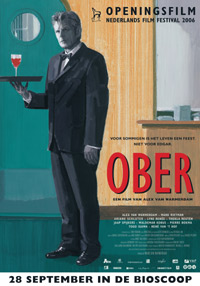The Origins of Love and Hate (1910 – 1965) – Ian Dishart Suttie
The White Goddess: A Historical Grammar of Poetic Myth (1948) – Robert Graves
[Amazon.com] [FR] [DE] [UK]
I can’t remember how I happened (oh yes, now I do, search terms used matrist+patrist, see my previous post on the work of Gordon Rattray Taylor) but I found this interesting text by the recently deceased Robert Anton Wilson on the relationship between James Joyce and Eastern philosophy. Some excerpts:
Throughout the long day of Ulysses the thoughts of Stephen Dedalus and Mr. Bloom repeatedly return to the East; and this is not without reason. Ulysses is so profoundly Oriental in mood and conception that Carl Jung has recommended it as a new Bible for the white race. Molly Bloom’s fervent “Yes” mirrors the author’s acceptance of life in its entirety – an acceptance that transcends the dualisms of light and dark, good and evil, beautiful and sordid.
…
Some Sinologists trace this “Eternal Female” back to a Chinese “Urmutter” myth of pre-Chou times, but Lao-Tse was far beyond primitive mythology. He was using this myth as a pointer, to indicate the values that must have been in the society which created the myth. The distinction between Patrist and Matrist cultures made in such books as Ian Suttie’s The Origins of Love and Hate and G. Rattray Taylor’s Sex in History (not to mention Robert Graves’ The White Goddess ) places the Taoists as representatives of a Matrist social-ethical system living in Confucian Patrist China. —cached source
Molly Bloom’s fervent “Yes” from her famous soliloquy:
“…I was a Flower of the mountain yes when I put the rose in my hair like the Andalusian girls used or shall I wear a red yes and how he kissed me under the Moorish wall and I thought well as well him as another and then I asked him with my eyes to ask again yes and then he asked me would I yes to say yes my mountain flower and first I put my arms around him yes and drew him down to me so he could feel my breasts all perfume yes and his heart was going like mad and yes I said yes I will Yes. “














